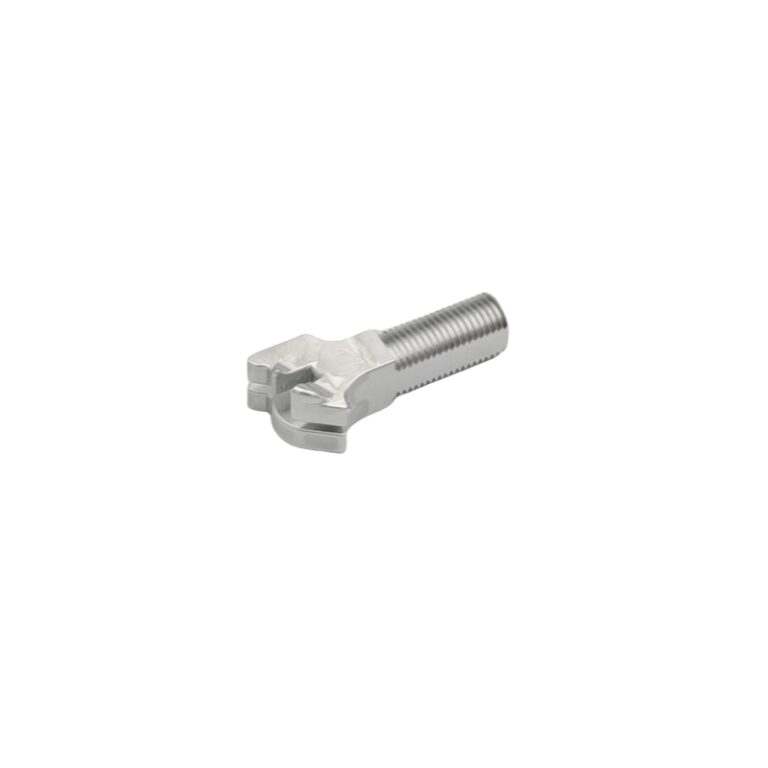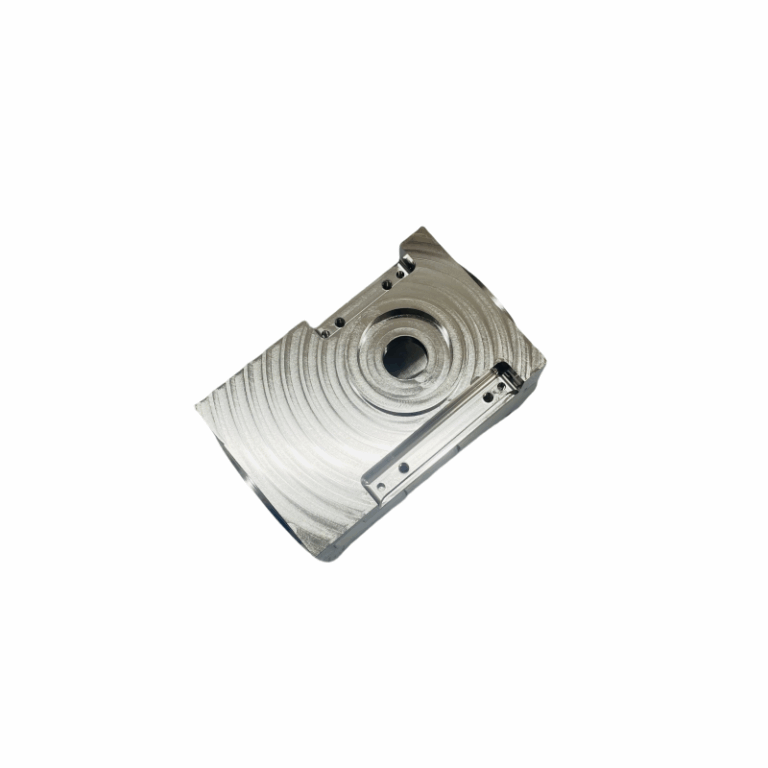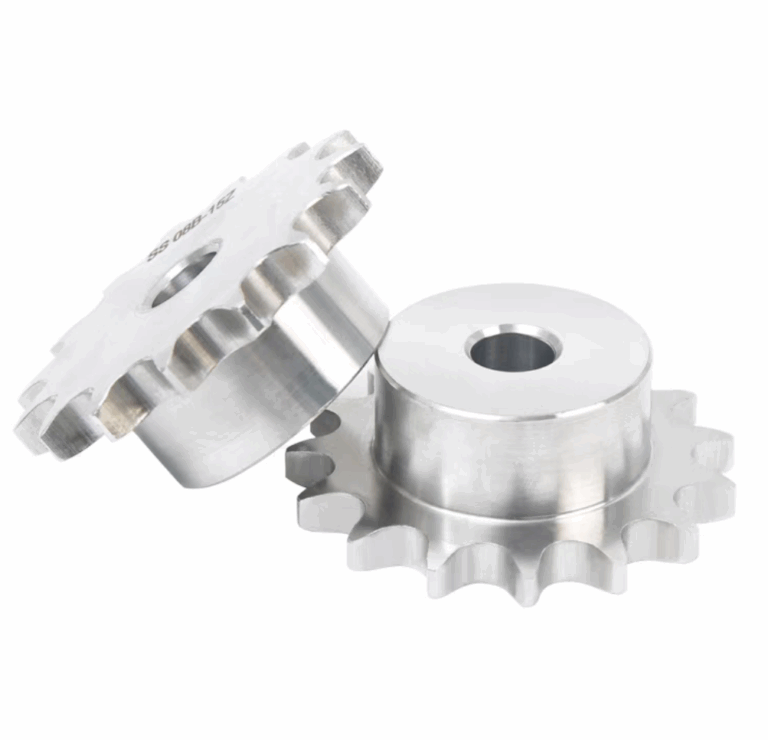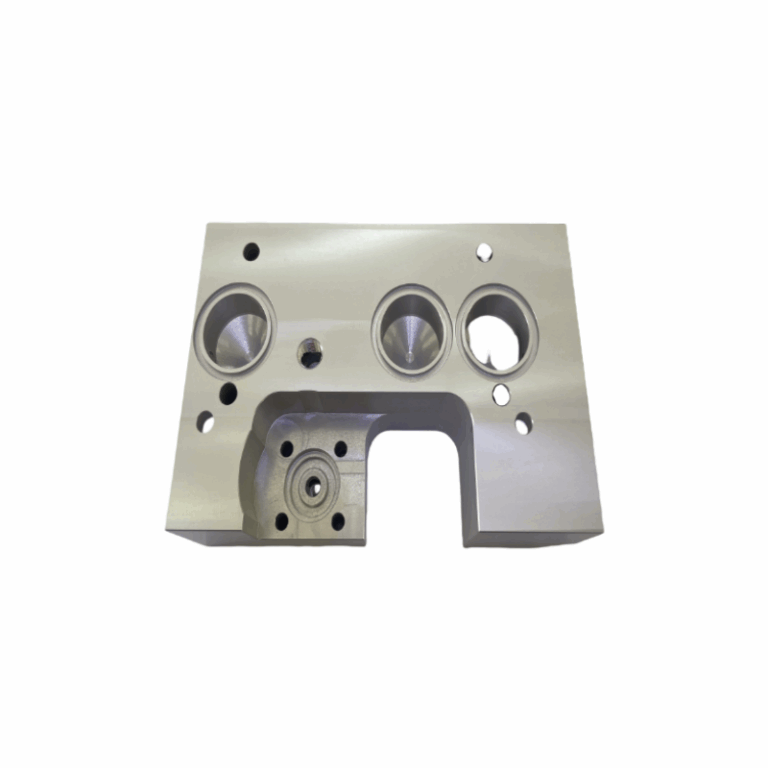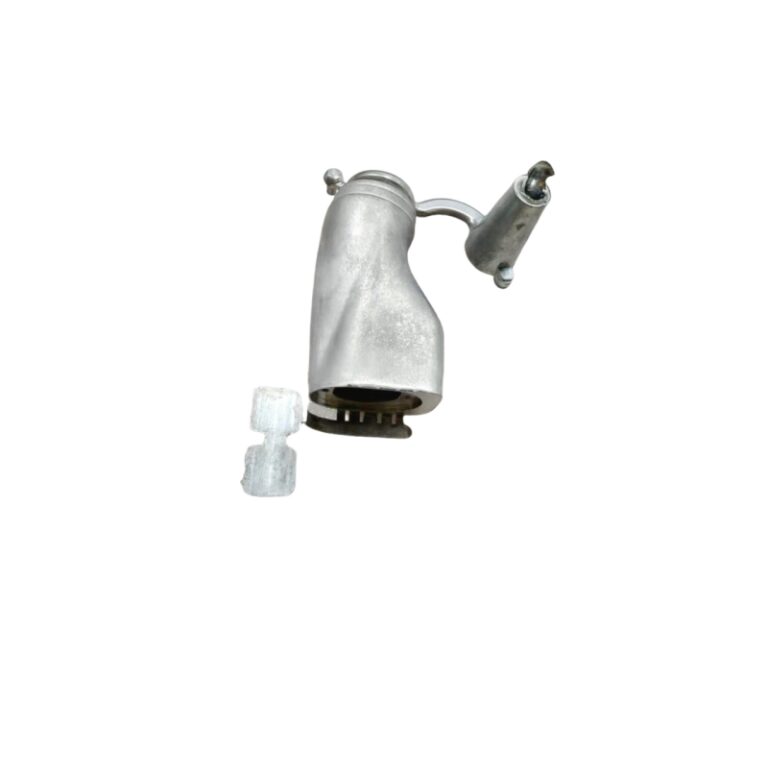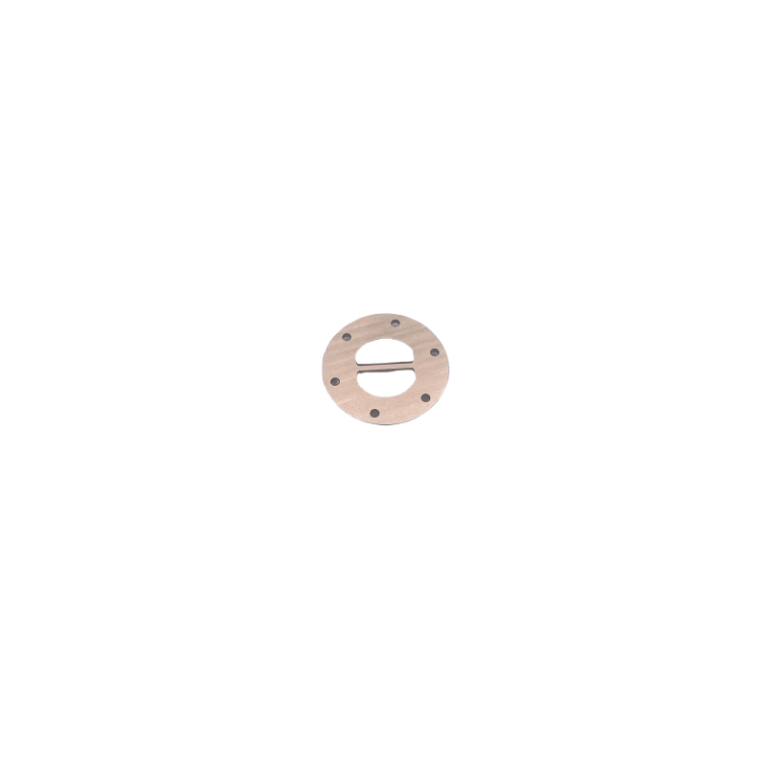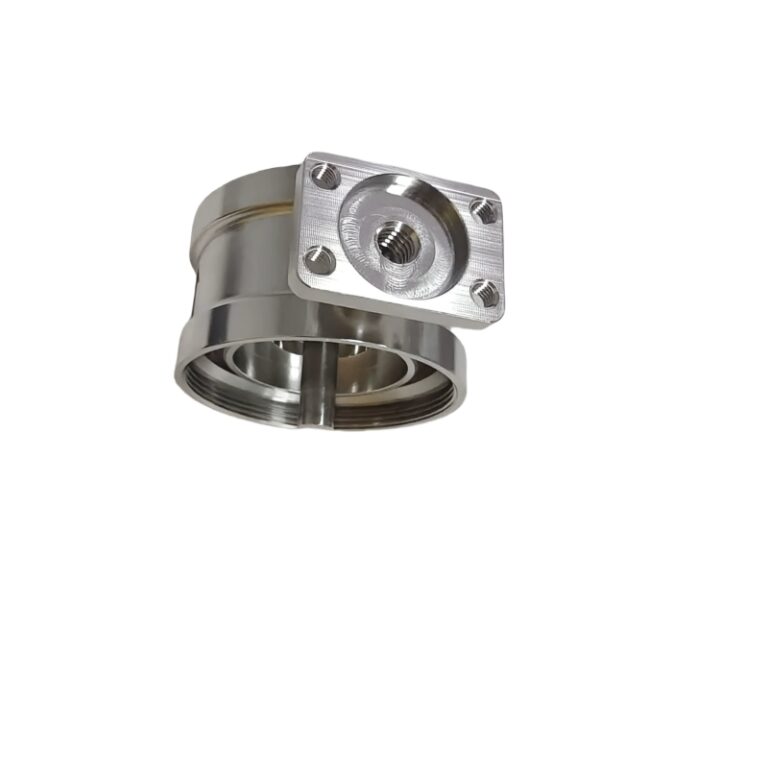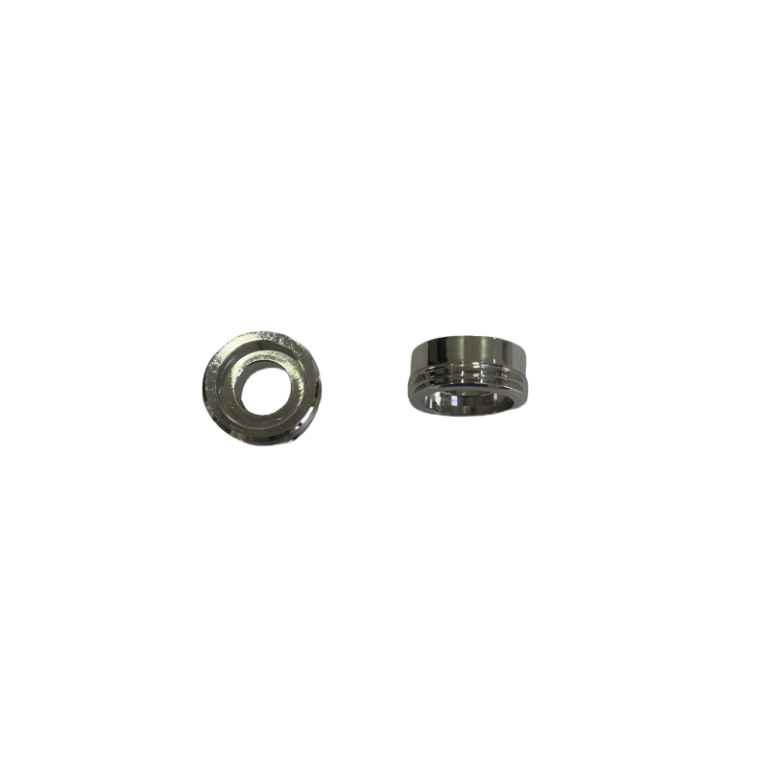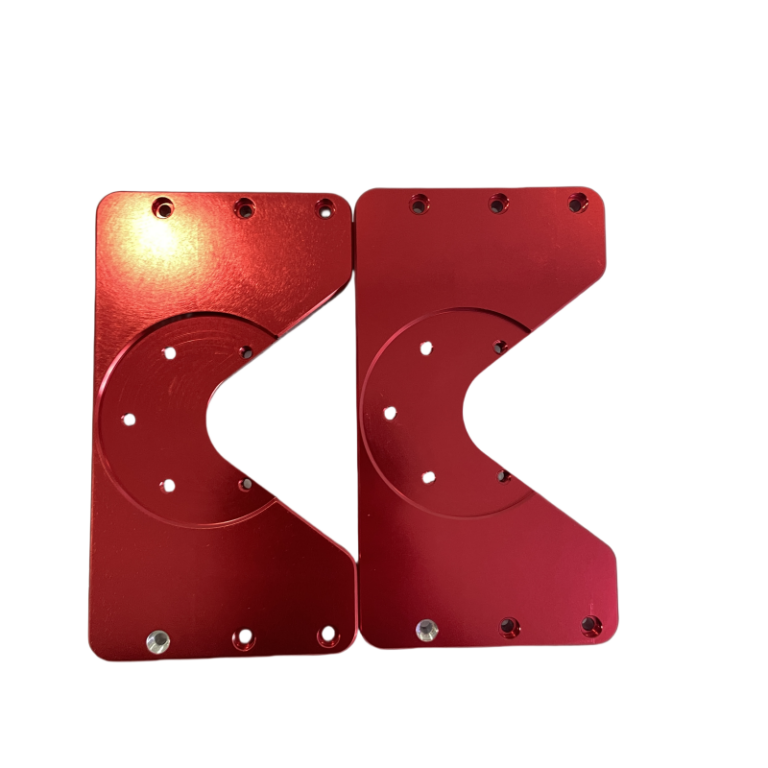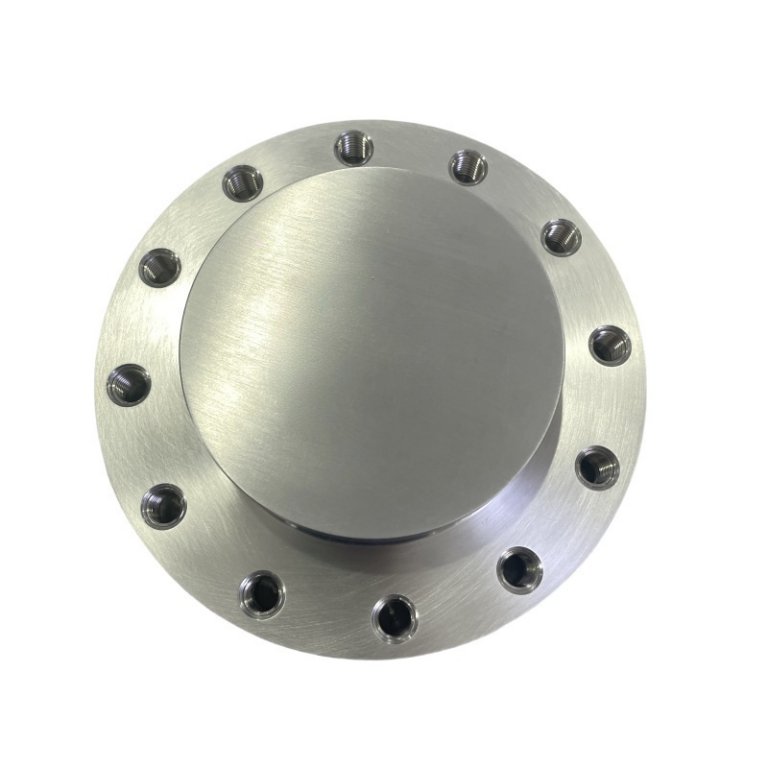Casting is a common processing method. With the development of industrial technology, especially in the mechanical manufacturing industry, the quality of large castings directly affects the quality of the product. Therefore, casting is very important in the manufacturing industry.
Casting definition:
Casting refers to the processing method in which solid metal melts into a liquid state and is poured into a specific shape of the casting mold in a specific shape. Its low cost, high accuracy, wide adaptation scope, etc., make it a priority choice for manufacturers.
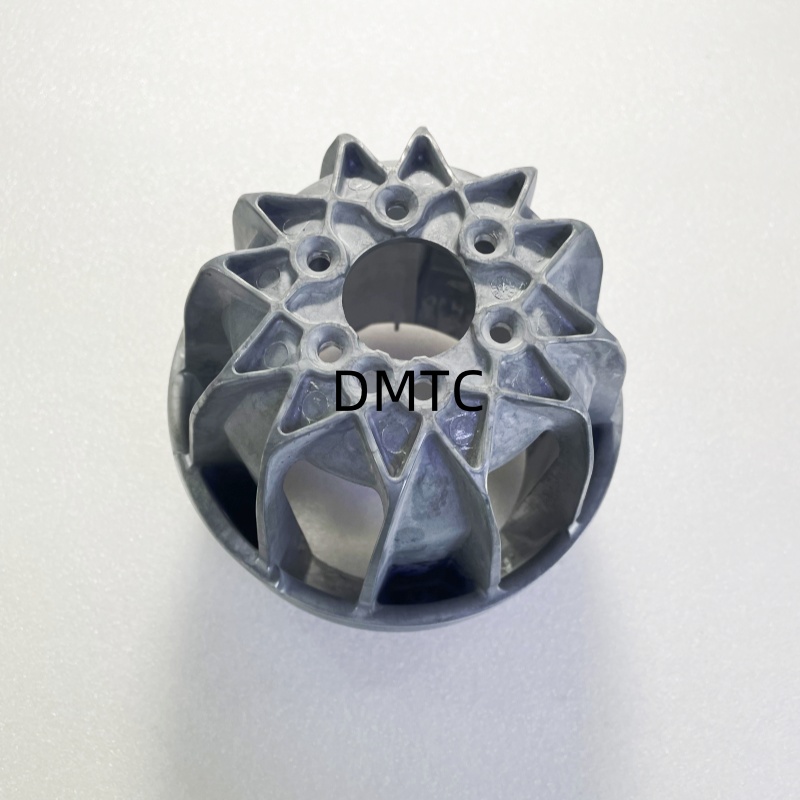
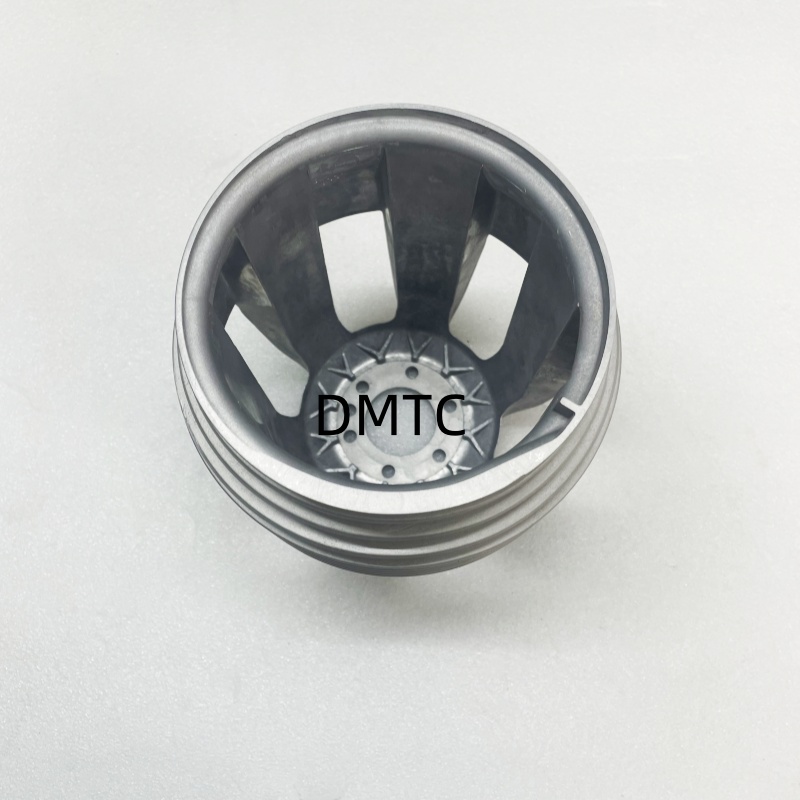
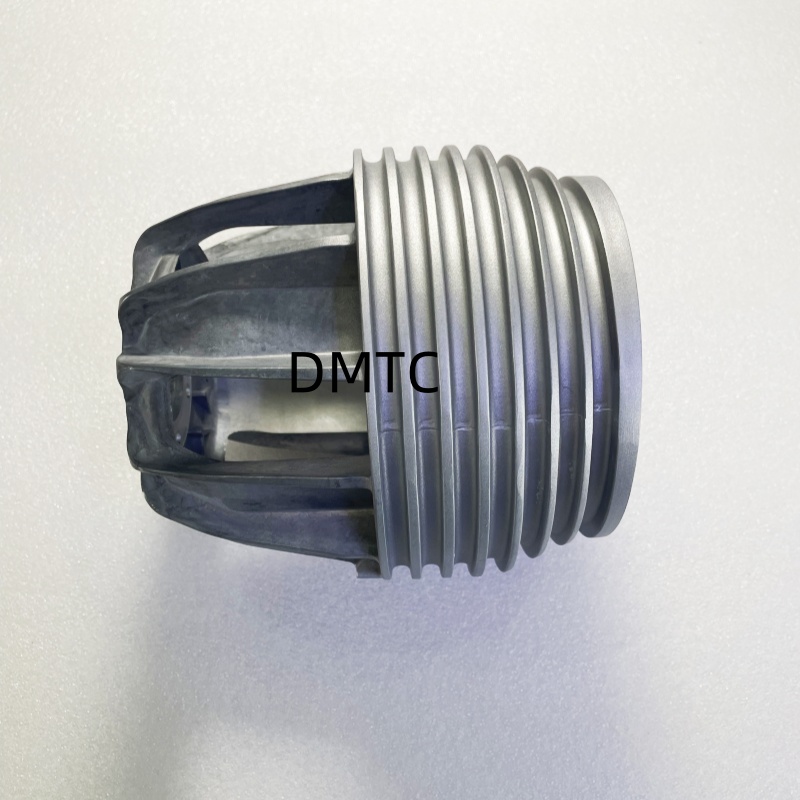
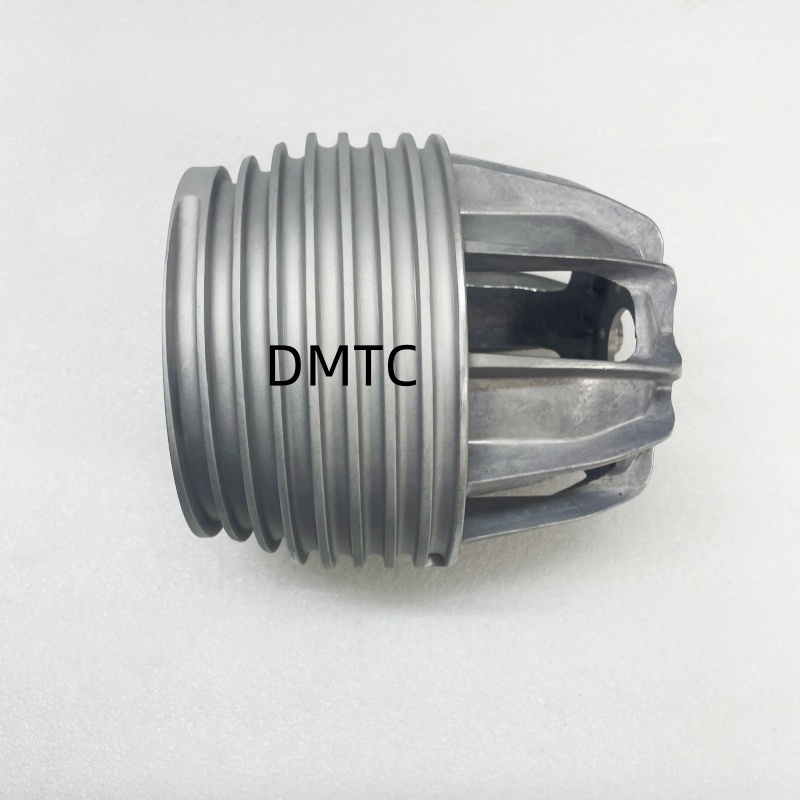
Advantages of casting:
1: The adaptation range is wide, and the manufacturing method is almost not limited by the size, thickness, and shape complexity of the casting. The wall thickness of the casting can reach 0.3~1000mm. The length ranges from a few millimeters to ten meters. The quality ranges from a few grams to more than 300t. it is suitable for the production of complex shapes, especially parts with complex internal cavities. such as complex boxes, valve bodies, impeller engines, propellers, etc.
2: The casting method can use a wide range of materials. Almost any alloy material that can be melted into liquid can be used for casting.
3: The casting has a certain size and accuracy. Generally, the forming size is more accurate than that of ordinary forgings and welding parts.
4: Low cost, good comprehensive economic performance, energy, material consumption, and cost is less than that of other metal forming methods.
In industrial manufacturing, there are many different types of casting methods to meet product needs in different fields.
Common types of casting:
1. Sand Casting
Sand casting is a casting method that uses sand as a molding material and uses mold forming to manufacture. It is a relatively common casting method, suitable for making rough with complex shapes, especially with complex inner cavities. It is widely used in automobile engine cylinder blocks, cylinder heads, crankshafts, and other castings.
2. Die Casting
Die casting is a casting method that is made of metal-shaped materials and quickly injects melted metal with high pressure. It can produce high-precision, high-surface quality castings, which are suitable for casting high-intensity materials such as aluminum alloy and magnesium alloy in large quantities. Die casts are used in the electronics industry, defense industry, computers, medical equipment, clocks, and other industries.
3. Investment Casting
Investment casting is a method of casting by using the refractory material as a mold by sintering type, melting mold, and other steps. It is suitable for small parts of high temperature, high pressure, complex production shape, high accuracy requirements, or difficulty in other processed small parts, such as blades of turbine engines.
4.Centrifugal Casting
Centrifugal casting is a casting method that pours the metal solution into the rotating cast, fills the casting, and solidifies the forming. The earliest centrifugal casting is used for production casting pipes. Domestic and foreign countries use centrifugal casting processes in metallurgy, mines, transportation, aviation, national defense, automobiles, and other industries to produce steel, iron, and non-iron carbon alloy castings. Among them, the production of castings such as centrifugal cast iron pipes, internal combustion engine cylinders, and shaft cases is the most common.
In addition to the above-mentioned common casting methods, there are some other casting methods, including vacuum die casting, squeezing die casting, continual casting, etc. Casting is an indispensable process in the manufacturing industry. Different casting methods are suitable for different types of casting manufacturing. In practical applications, the appropriate casting method is required according to the geometric shape, materials, and quality requirements of the components.
So, how does it work for casting?
Casting processing process:
1. Preparation:
Determine the metal material to be used, prepare metal processing and molds, perform pressure testing of the mold, and strengthen the quality of craftsmanship.
2. Melting:
Melted the metal material to form a liquid metal. The liquid metal should be clear of impurities. The melting temperature and the solidarity temperature should be the best to meet the requirements.
3. Pouring:
Pour the liquid metal at a certain speed and pressure from the mold.
4. Separation:
After the mold in the mold is cast into the metal, the mold needs to be separated to obtain the perfect casting. Separate the casting from the mold as a whole.
5.Processing:
After the casting is separated, it is possible to process it because of shape problems. It can be processed by machine tools to accurately shape and size.
6.Inspection:
After processing, you need to test to determine whether the product meets the quality requirements, shape, and size requirements.
Casting is widely used in the manufacturing industry, and it is an important support and basic guarantee for many console products and the innovation and development of high-end equipment. It plays an indispensable role in modern industrial production and is of great significance for promoting the high-quality development of the equipment manufacturing industry.

